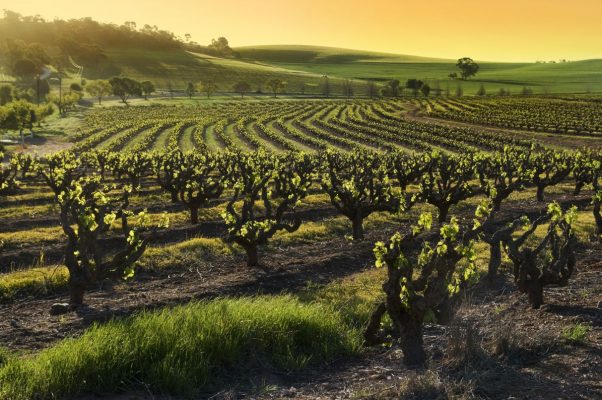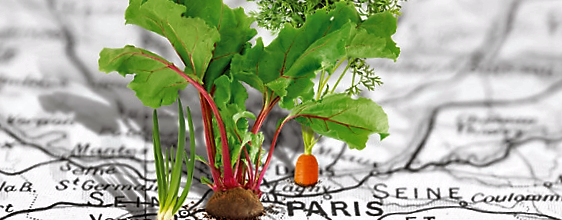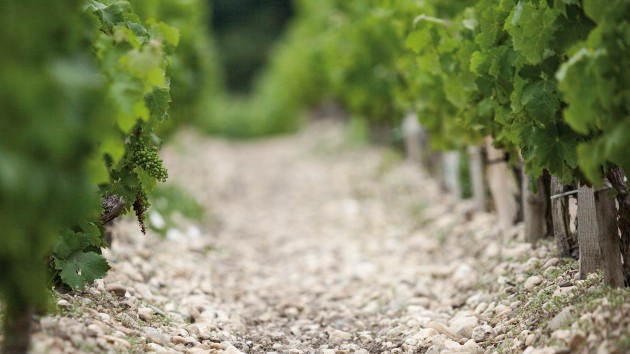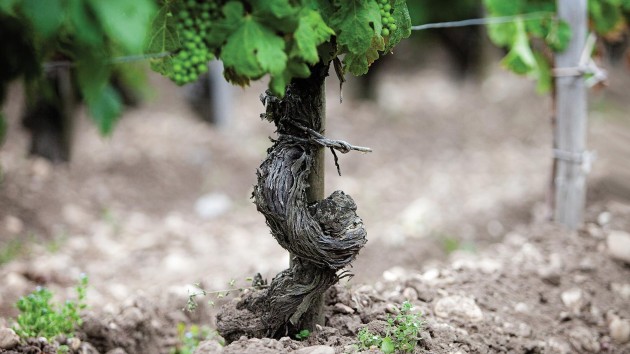As a young lad working in the winery I would here the term terroir thrown about by the senior winemakers, a French word which, I was told had no literal English translation. As I came to understand the word terroir over the years, I realized that translation is actually at the very heart of its meaning.
The Oxford English Dictionary defines terroir as both the complete natural environment in which a particular wine is created and the characteristic taste and flavour imparted to a wine by the environment in which it is produced.
In winemaking terms this essentially means that the soils, climate, topography and sunlight hours of a specific site create wine grapes of a flavour and characteristic specific to that region or even vineyard. The resultant wine will have aromas and flavours specific to its variety but will have certain aromas, flavours and characters that are unique and not found in wines made from the same variety from other regions or vineyard sites.
Some varieties are more robust than others and the variations are only slight, whilst some varieties are temperamental and vary to a point where they are almost incomparable from a different region or country. Think of Grand Cru Chablis made with Chardonnay grapes and tasting terms like flinty, gunsmoke, minerals, crisp and steely quickly come to mind, whereas when you look at common descriptors for say a warm climate Australian Chardonnay then words like rich, peaches, cream, nuts, oaky, tropical fruits, butter, toast and nuttiness are those most often used.
In many European wine regions the protection of terroir and the unique qualities and relationships between certain varieties and regions is all important and has been written into law. In France, designated appellation laws denote geographic boundaries, accepted varieties and even production volumes permitted. For example, if you wish to use the words ‘Red Burgundy’ on the label of your wine then it must be made only from Pinot Noir grapes grown within Burgundy’s defined boundaries.
In New World wine producing countries, wineries tend to take two different approaches, some releasing ‘Single Vineyard’ wines looking to highlight the unique and specific terroir of a single site; whilst others use the different accents from different vineyards like hues on a painter’s palate, looking to add layers of complexity into their wine by blending from different vineyards and even different regions.
I know from personal experience that the same varieties, grown in the same region just a few kilometers apart, can have subtle but significant differences in the aromas and flavours of the fruit and the resultant wine, especially if the soils vary and the slope faces a different direction. I have also grown the same varieties in very different regions, some warm and some cold and the wines are completely different. By way of example, warm climate Shiraz tends to show full bodied, plum and mixed spice characters, whereas cool climate Shiraz is more elegant and concentrated, with raspberry, framboise and pepper spice.
Terroir to me is a very positive aspect of winemaking because, whether you’re a lover of single vineyard wines or blended wines, it gives us options and it gives us the chance to drink wines that are unique to each producer, which should happily keep us on the never ending quest to find that one bottle that contains the perfect wine for each of us.






